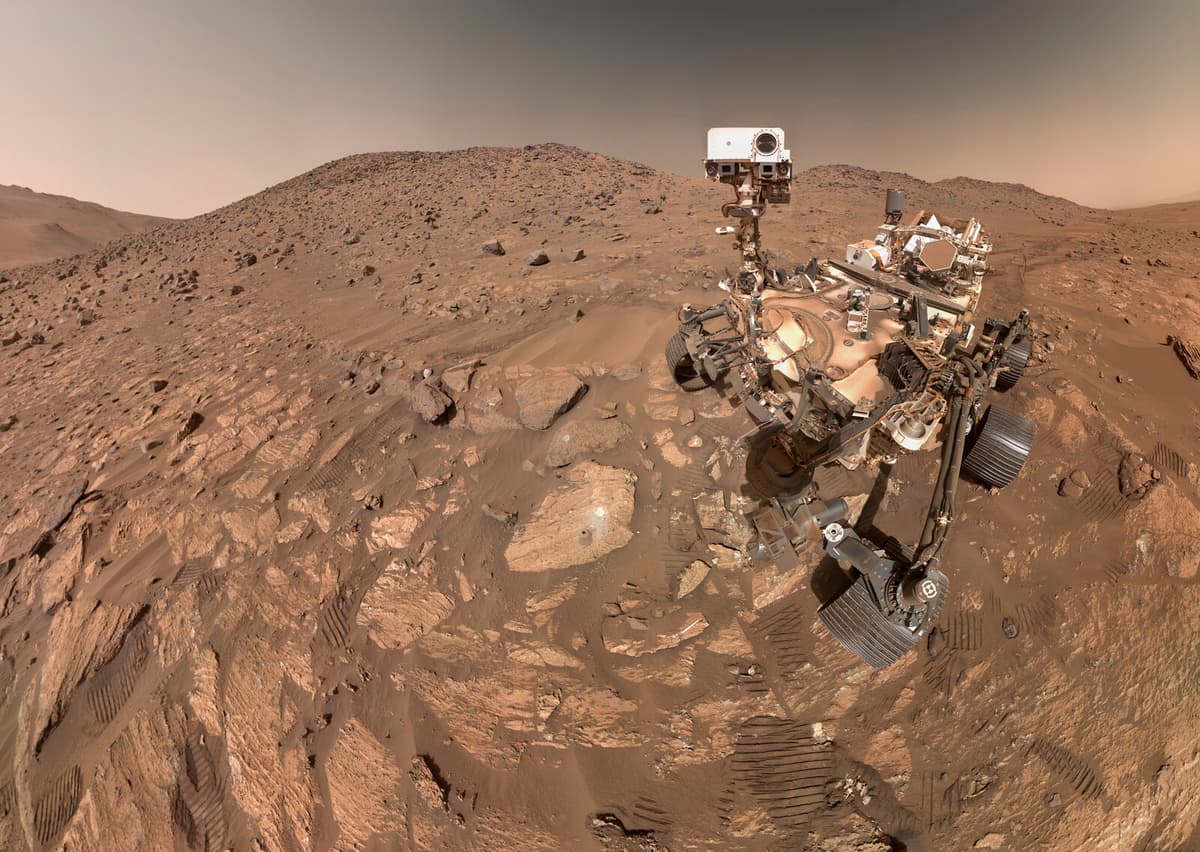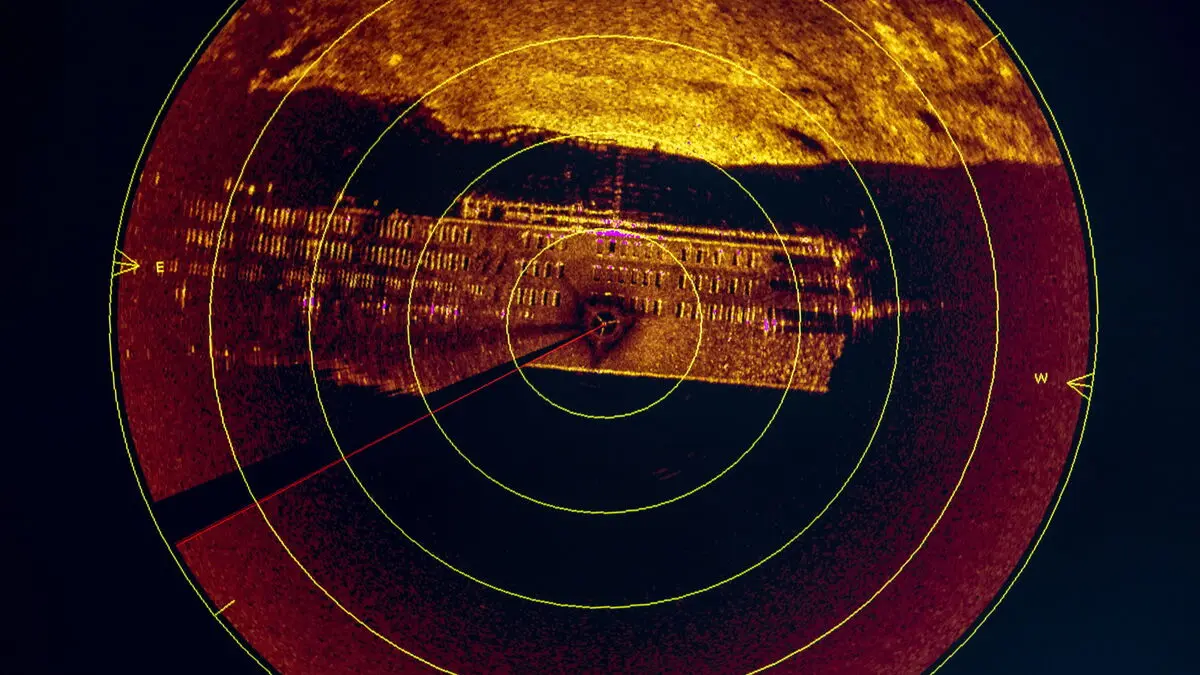The American space agency's spacecraft Perseverance has been on Mars since February 2021, where it collects samples in search of signs of life. A stone is now putting the question on its edge, reports The New York Times.
Microorganisms so small that they cannot be seen with the naked eye are found everywhere on Earth – in nature, in the air and in the soil. On stones, these microscopic life forms leave indelible marks in the form of minerals.
Such minerals have now been discovered by NASA – on a stone created several billion years ago by bottom sediment from what was once a raging river.
These observations are, for me, very convincing, says Joel Hurowitz, professor of geology and part of a research team connected to Perseverance, to the newspaper.
Hurowitz says he has worked with NASA's mission to Mars for over 20 years, and never before felt such confidence in possible signs of life on a stone from the planet.
This could very well be the clearest sign of life we've ever found on Mars, said Sean Duffy, US Secretary of Transportation and acting head of NASA, at a press conference on Wednesday.
The findings, presented in a study in Nature, should not be seen as a definitive answer, emphasizes NASA. The minerals discovered can also have been formed in chemical reactions that did not involve living organisms.





